Are There Any Side Effects or Risks Associated with Orthodontic Treatment?
Orthodontic treatment has become increasingly popular for both aesthetic and functional improvements. However, like any medical procedure, it comes with potential side effects and risks. Many patients, eager to perfect their smiles, may not always consider these implications before starting treatment. This article aims to provide insights into the possible side effects associated with orthodontic procedures, such as root resorption and gum issues, helping you make informed decisions about your dental health.
Understanding Orthodontic Treatment
Orthodontic treatment involves applying pressure to teeth to gradually move them into a desired position. This process typically involves the use of braces or aligners. While effective, the application of this pressure can sometimes lead to adverse effects. Understanding these risks can help both patients and professionals anticipate potential complications and address them promptly.
Root Resorption: A Common Concern
One of the most discussed side effects of orthodontic treatment is root resorption, where the roots of teeth shorten over time. Although this condition affects only a small percentage of patients, it can have significant consequences on dental health. Research suggests that the duration and intensity of the treatment can influence its onset. Regular monitoring and using advanced imaging technologies can help mitigate these risks.
Gum Issues and Gingival Recession
Gum health is crucial during orthodontic treatment. The placement of braces or aligners can occasionally lead to gum irritation or gingival recession. This is especially prevalent if oral hygiene is neglected. Patients are advised to follow strict dental cleaning routines and consult with their orthodontists to get the right guidance on maintaining gum health throughout the treatment period.
Decalcification and Tooth Decay
Wearing orthodontic appliances makes cleaning teeth more challenging, potentially leading to decalcification. This is where white spots develop on teeth due to enamel loss, sometimes progressing to cavities. Opting for regular professional cleanings and enhanced at-home care routines can significantly reduce these risks, preserving tooth integrity and aesthetics.
Managing and Mitigating Risks
Awareness is key to managing the risks associated with orthodontic treatment. Patients should have open discussions with their orthodontists about any concerns, ensuring a balanced understanding of the potential outcomes. Advances in orthodontic technology, such as self-ligating braces and customized aligners, provide alternatives that might reduce these risks. For more detailed guidance tailored to your situation, visiting experts like those at Dentistry Toothtruth can provide personalized advice.
Conclusion
Orthodontic treatments offer transformative dental benefits, but it is crucial to be aware of the associated risks, such as root resorption and gum issues. With vigilant care, regular orthodontic check-ups, and effective communication with your dental care team, these risks can be managed effectively. For those considering orthodontics, or currently undergoing treatment, maintaining an informed perspective and rigorous dental hygiene can ensure that your journey to a perfect smile does not compromise your dental health. Always seek advice from trusted professionals like those at Dentistry Toothtruth for the best outcomes.

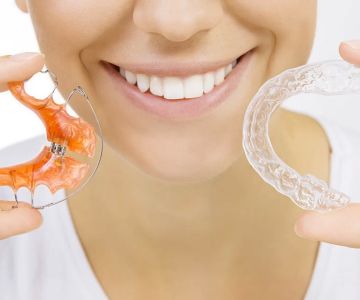
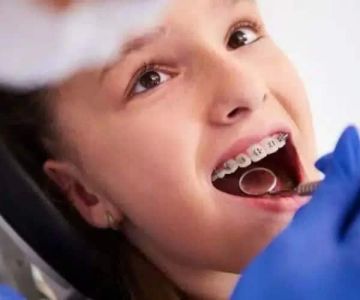
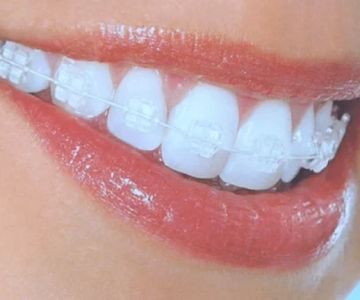
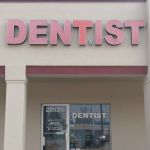 Willow Bend Dental Care
Willow Bend Dental Care Evergreen Family Dentistry
Evergreen Family Dentistry Nordstrom Orthodontics - Johnston
Nordstrom Orthodontics - Johnston Palo Alto Oral Health
Palo Alto Oral Health Dentists of South Pasadena
Dentists of South Pasadena West Covina Dental Group and Orthodontics
West Covina Dental Group and Orthodontics The Importance of Oral Health Education During Pregnancy for a Healthy Pregnancy
The Importance of Oral Health Education During Pregnancy for a Healthy Pregnancy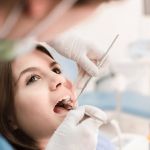 Why Skipping Dental Checkups Can Lead to Bigger Oral Health Problems
Why Skipping Dental Checkups Can Lead to Bigger Oral Health Problems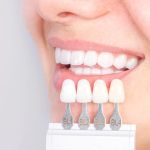 Advantages of Porcelain Dental Restorations
Advantages of Porcelain Dental Restorations Best Tips for Brushing Your Teeth Properly for Healthy Gums: Essential Techniques for Oral Health
Best Tips for Brushing Your Teeth Properly for Healthy Gums: Essential Techniques for Oral Health How Can Diabetes Cause Tooth and Gum Problems? Preventing and Managing Oral Health Issues
How Can Diabetes Cause Tooth and Gum Problems? Preventing and Managing Oral Health Issues Healthy Habits for Promoting Good Oral Health and Hygiene: Tips for a Healthy Smile
Healthy Habits for Promoting Good Oral Health and Hygiene: Tips for a Healthy Smile